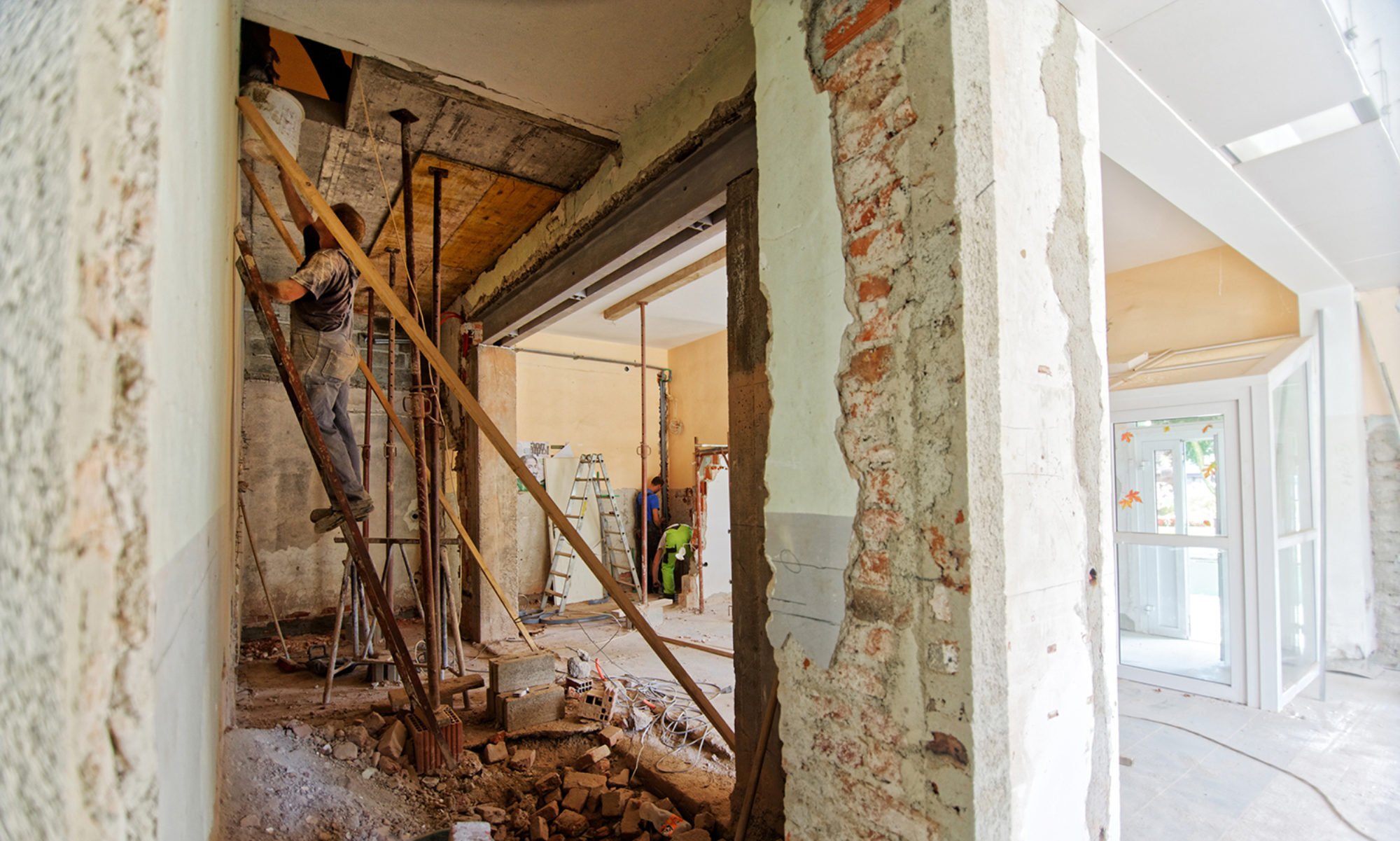Bathtub Therapies, Features, Sizes, Shapes & Materials
Choosing a bathtub requires attention to a number of details, such as size, shape, installation type, available therapies… This guide will make all them simple and help you find the ideal model for you with ease.
We go through installation types in details in this other article. It may be a good idea to leave it open while you read, so you can refer to it every time you’re not familiar with the terms, or want to see some inspiring photos.
Page Contents:
Consider the place where your bathtub will be installed
You probably have already decided where your tub will be placed. If not, this should be the first thing to do. This will give you some information that will start leading you to the ideal installation type.
What is the available width for the tub?
Most bathrooms have a limited width where the bathtub should fit in. For these cases, drop-in and alcove tubs are recommended.

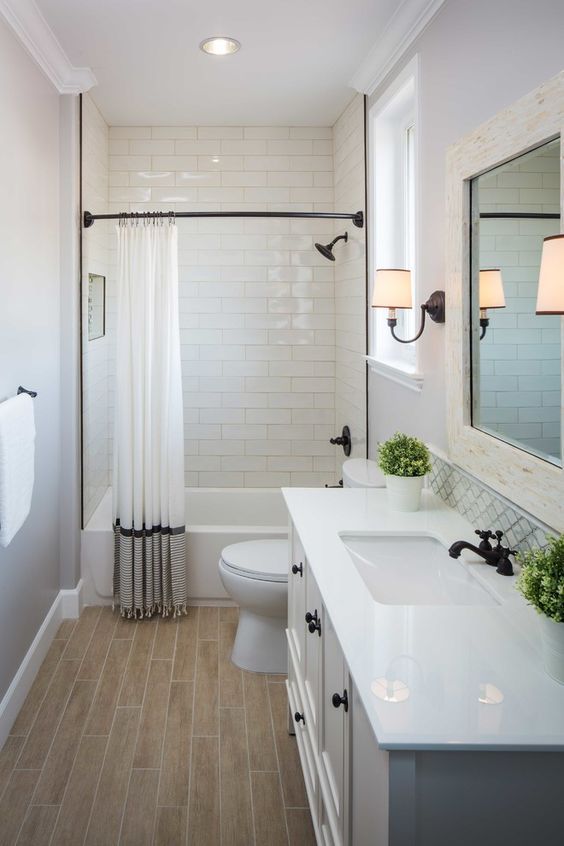
For larger bathrooms, with no alcove for the tub, freestanding and clawfoot models are an elegant and practical option, as you won’t need to worry about building any structure for your tub.
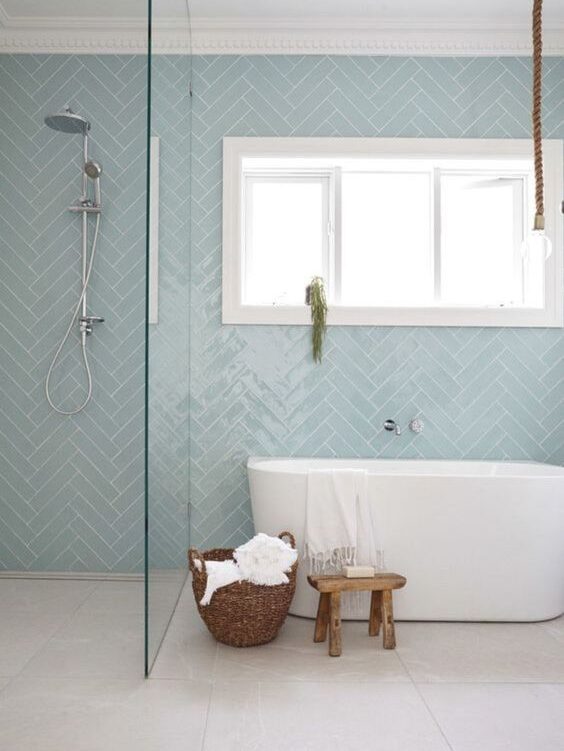
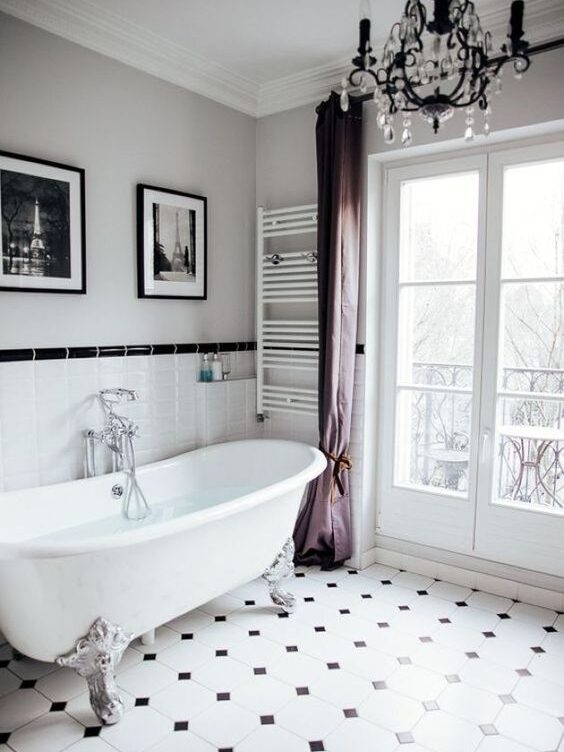
Another option for large bathrooms, depending on the layout, is a corner bathtub.
Corner tubs are triangle-shaped and are available in drop-in, alcove and freestanding styles, being the first one the most common.
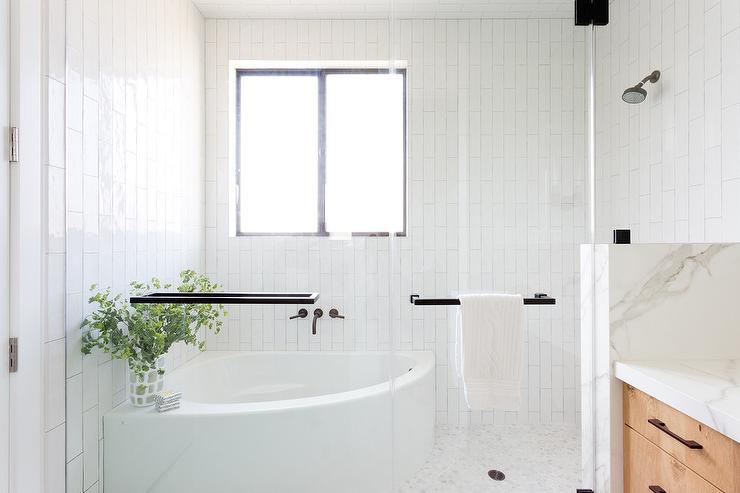
Are you placing the tub under the shower or independently?
For independent tubs, any type is possible. For shower-tub combinations, drop-in and alcove models work better.
As they touch the side walls, the shower can be placed in a comfortable position for who’s standing on the tub.
Their shapes also make it simple to install a curtain or door to protect the bathroom from the shower.

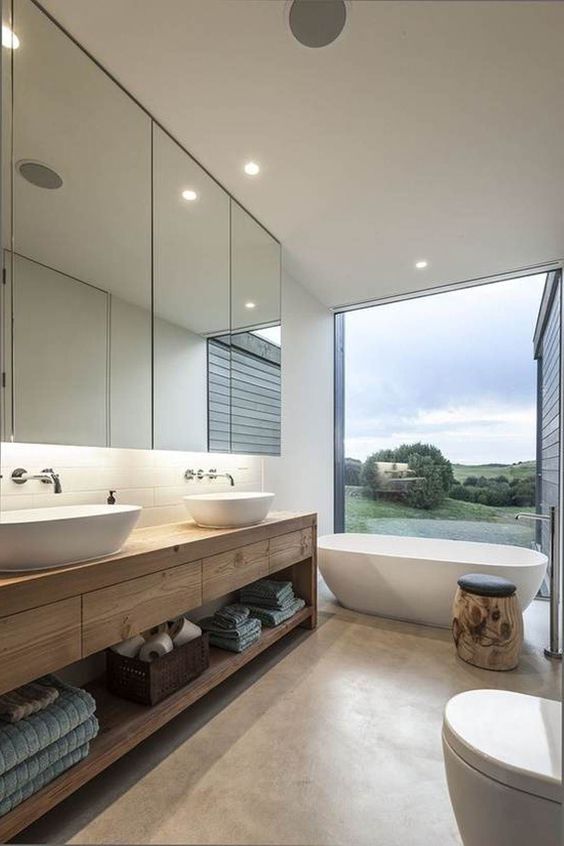
Pick the therapies and features you want the bathtub to include
For the installation types that suit your bathroom, you will find models with different therapies included:
- Soaking tub: a higher depth allows full submersion.
- Whirlpool: water jets provide a strong massage.
- Air: air jets provide a gentler massage.
The two latest aren’t usually available in freestanding and clawfoot models.
Tubs that include these therapies are commonly known as Jacuzzi tubs, but Jacuzzi is just the name of the most famous whirlpool bathtub brand. There are several other brands that offer them.
Besides from the therapies, tubs can offer underwater lighting, built-in music speakers and heating panels.
Pick the bathtub’s size and shape
Within the models with the therapies you want and an ideal installation type for your space, you may find a number of different sizes and shapes available.
After checking your maximum possible dimensions, compare the remaining options regarding:
- How many people should fit in your tub? Check this information it the products specifications.
- For more than one person, which shape do you prefer and fits better in your space? Square, rectangular, round or triangle-shaped?
Check the bathtub material
Materials with different price ranges, weights and durability’s are used. Make sure to buy a tub with the characteristics you’re looking for:
- Acrylic and fiberglass are light and reparable.
- Cast iron and porcelain are heavier and more durable.
- Copper and stone tubs are more luxurious and unique options.
It is important to check if your existing structure supports the weight of a bathtub. Although acrylic and fiberglass models are lighter, the water is quite heavy, so every tub can overload an existing slab.
That’s all. I hope this guide has made it easy for you to find the ideal tub for your bathroom – or other room, why not? Leave a comment with any questions and I’ll be happy to help!
